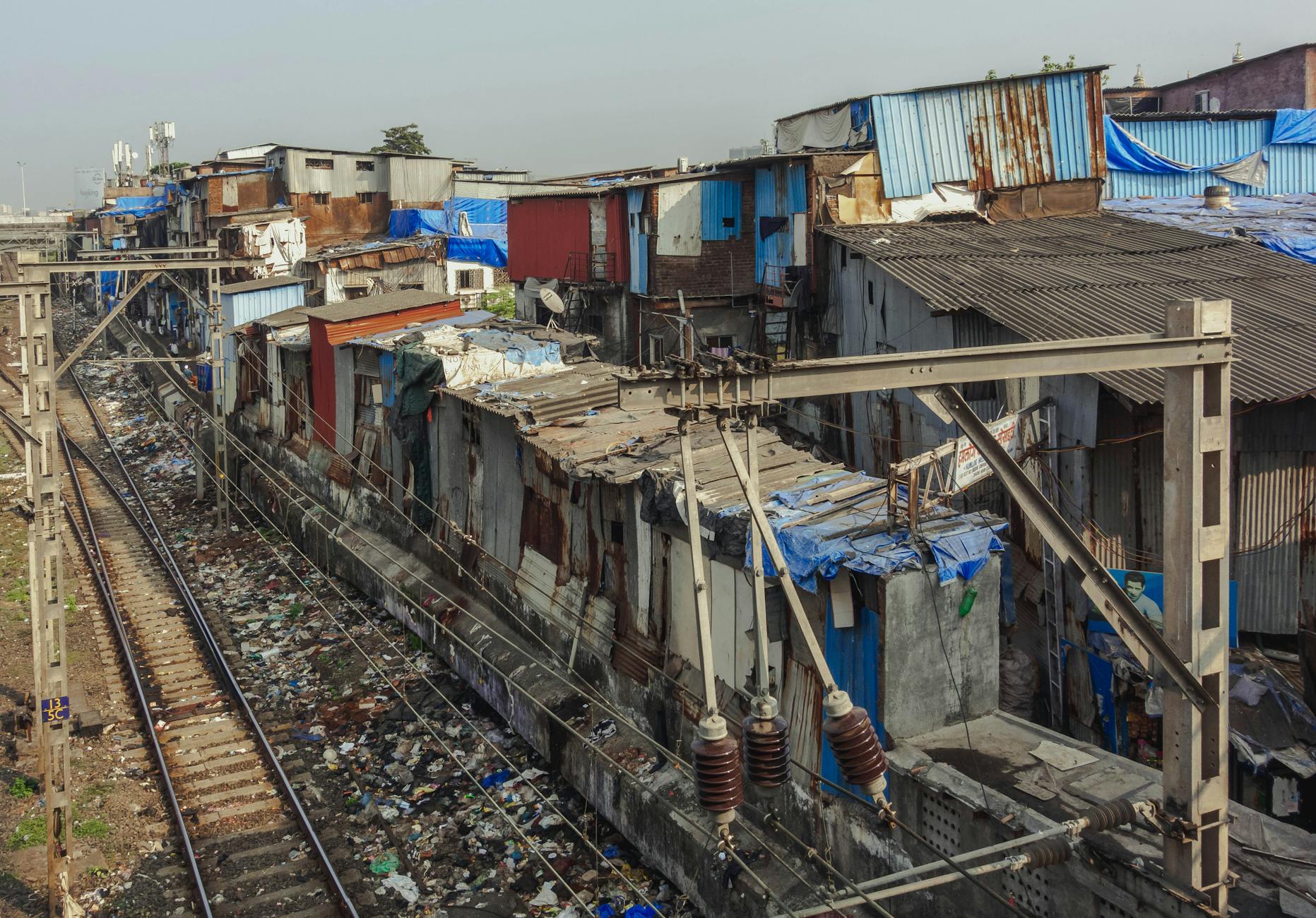Mumbai’s Local Trains: Finally Getting Safer, One Step at a Time
Let’s be honest—anyone who’s taken a Mumbai local during rush hour knows it’s basically a survival test. Bodies crammed into compartments, people hanging off doors like it’s some kind of extreme sport. It’s been this way for decades. But here’s the thing: after years of chaos, Indian Railways is actually making changes. And you know what? It’s starting to work.
Why Mumbai Locals Were Basically a Death Trap
Okay, maybe that’s dramatic—but not by much. These trains were built to carry maybe 1,700 people. Guess how many they actually carry daily? Over 7.5 million. That math doesn’t work. Peak hours? Forget about it. You’ve got trains running at 250% capacity. People jumping on moving trains, stampedes on platforms—it’s been brutal. In 2018 alone, we lost over 3,000 lives to totally preventable accidents.
Remember the Elphinstone Road stampede in 2017? 23 people died just trying to cross a footbridge. That was the wake-up call. The question wasn’t whether we needed change—it was whether the system could move fast enough to make it happen.
What’s Actually Changing (For Real This Time)
So here’s what’s new. First, they’re finally adding more trains—like, actual new trains with automatic doors. Crazy concept, right? Stations like Andheri and Churchgate are testing platform screen doors too. About time.
They’ve also figured out this wild idea called “queue management.” Designated entry points, women’s compartments that actually stay women-only, extra staff during rush hours. Simple stuff, but it’s making a difference.
Tech to the Rescue (Sort Of)
Here’s where it gets interesting. They’ve got these new AI cameras that can spot when a platform’s getting too crowded before things get dangerous. There’s apps now that tell you which trains are running late so you don’t have to rush. Emergency systems work better too—response times are way down.
But let’s be real—tech isn’t magic. You can have all the fancy systems you want, but if people keep jumping onto moving trains, accidents will happen.
Why This Isn’t a Quick Fix
Look, Mumbai’s rail system is old. Like, really old. Narrow platforms, tracks that haven’t been updated in forever—you can’t just snap your fingers and fix everything overnight. And try telling some dude who’s late for work that he shouldn’t jump on a moving train. Good luck with that.
Then there’s the paperwork nightmare. Getting approvals, securing funds—everything moves at government speed. Some projects that should’ve been done by now are still stuck in committee meetings.
But Here’s the Good News
Deaths from train accidents dropped 22% last year. That’s huge. Talk to regular commuters and most will tell you things feel less chaotic than they did a couple years back. In a recent survey, nearly 7 out of 10 people said they feel safer. Not perfect, but progress.
What’s Coming Next?
They’re working on this big expansion plan—MUTP-3A, if you care about acronyms. More lines, better stations. Long-term, they’re talking about solar-powered stations and maybe even driverless trains. But honestly? I’ll believe it when I see it.
They’re also running these safety campaigns trying to get people to stop doing stupid stuff on platforms. Will it work? Maybe. Mumbai commuters can be stubborn.
The Bottom Line
Is the local train system fixed? Hell no. But for the first time in my lifetime, it’s actually getting better instead of worse. Change is slow—painfully slow—but it’s happening. If we can keep this momentum going, maybe one day taking the local won’t feel like taking your life in your hands.
Here’s hoping.












